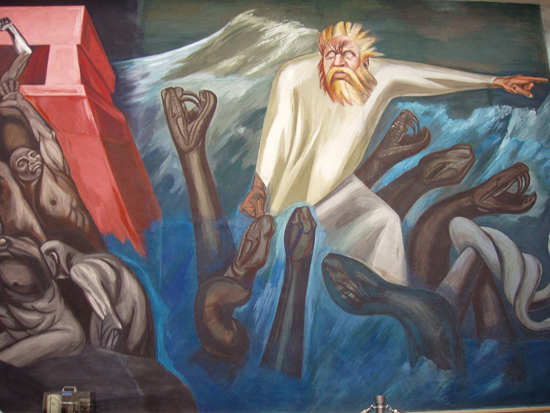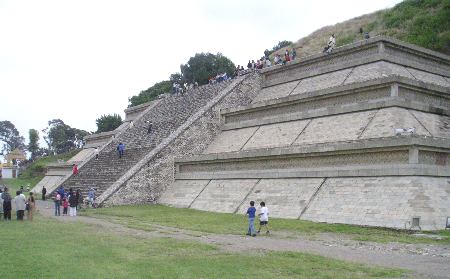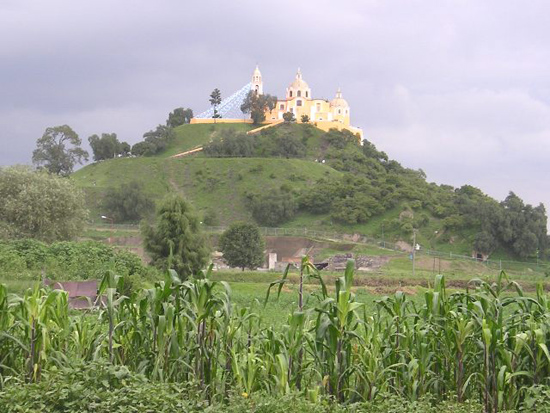Quetzalcoatl

Quetzalcoatl, the "feathered serpent" - deity of the Toltecs, Aztecs and Mayans - was said, in one of the local legends, to have been driven into exile by his people. But, he promised to return. This legend was capitalized upon by the Spanish conquistadors and priests who elevated it to the status of a foundation myth - notably in the Florentine Codex - in order to justify the conquest. Did Montezuma really believe the arrival of Cortés marked Quetzalcoatl's return? Most historians think it was unlikely.

The mural above is of Quetzalcoatl, the second of two by José Clemente Orozco in the series An Epic of American Civilization, painted from 1932-34, in the Baker Library at Dartmouth College in Hanover, New Hampshire. The first mural shows The Coming of Quetzalcoatl; the second, most of which is shown here, is known as The Departure of Quetzalcoatl.
Does this mural in any way imply that Orozco is criticizing the Aztecs for driving off their god Quetzalcoatl, for falling away from his utopian teachings of love and wisdom? It would seem so, all the worse because it allowed Cortés to find a way in, and to maintain the tradition of bloody sacrifice they had embraced in Quetzalcoatl's absence. More Orozco murals here.
The most important Aztec center of worship for Quetzalcoatl was at Cholula, near Puebla, but only a section of a staircase on one side of the Great Pyramid of Cholula (Tlachihualtepetl) has been restored to its former state - below.

If viewed from another side, what you see on top of the now buried pyramid is, no surprise here...

Cholula photos: Hajor.
